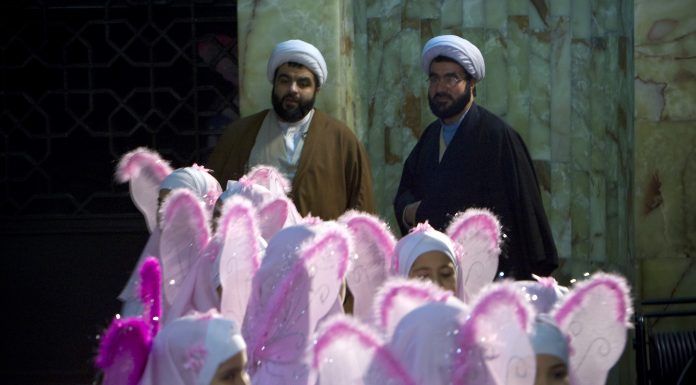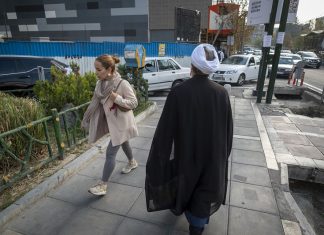By Kayhan Life Staff
Girls aged 10 to 14 years old gave birth to 791 babies in Iran between March 19 and Oct. 8 of this year, a recent report by the National Organization for Civil Registration, which operates under the auspices of the Iranian Ministry of Interior, has said.
Further research may find the figure to be much higher.
The report noted that the highest number of childbirths among underage and teenage mothers in the same period was recorded in the southeastern province of Sistan and Baluchestan, with girls aged 10 to 14 giving birth to 127 baby boys and 121 baby girls.
After Sistan and Baluchestan, the provinces of Khuzestan (south), Khorasan Razavi (northeast), Golestan (north), Kerman (southeast), and East Azerbaijan (northwest) reported the highest number of underage and teenage mothers aged 10 to 14.
With a combined total of four newborn babies in the same six-month period, the provinces of South Khorasan (northeast), Kohgiluyeh and Boyer-Ahmad (southwest), Qom (north), and Ilam (West) recorded the lowest number of pregnancies among minors and teenage girls.
The National Organization for Civil Registration said that further research might change the preliminary data, which was based on the age of the mothers at the time of delivery, the sex of the babies, and geography.
An earlier report by the National Organization for Civil Registration had said some 7,317 girls aged 10 to 14 had married in the fall of 2020, showing a 10.5 percent increase from 2019.
The data on the number of minors and teenage girls engaged in marriage contradicts comments by former and current Iranian officials who have given a much lower figure, including Masumeh Ebtekar, the former Vice President for Woman and Family Affairs (in office 2017-2021), who said: “The number of child-brides in Iran is not that high.”
Dr. Mohammad Esmail Akbari, a former advisor to the Iranian Ministry of Health and Medical Education, described the data on child marriage as “nonsense.”
In the past four decades, the marriage of children younger than18 years old and debates over setting the legal age of marriage have become controversial issues, given that the Islamic Republic legally promotes and funds the marriage of minors.
For instance, the Islamic Republic has increased the cash amount of wedding loans to encourage families to give their underage children into marriage. Many struggling families see the wedding loan as an opportunity to solve some of their financial problems.
The newly appointed Deputy Vice President for Women and Family Affairs, Ensiyeh Khazali, married at 16. Ms. Khazali is a proponent of child marriages.
“There are 16-year-olds and 16-year-olds,” Khazali said in her first press conference. “There are 16-year-old [girls] who have gone through puberty and are intellectually mature.
The United Nations Convention on the Rights of the Child (CRC) — Iran is a signatory — defines anyone younger than 18 as a child.
Clauses 1 and 2 of Article 1 of the Child Protection Act — passed by the Majlis (Iranian Parliament) and ratified by the Guardian Council in 2020 — divides children into two categories: “minors and adolescents.” A minor is someone “who has not reached puberty age as determined by the Sharia law,” and an adolescent is anyone “under the age of 18 who has reached puberty age as set by Sharia law.” The dates are based on the Iranian solar calendar, which starts on March 21.
Under Article 147 of the Islamic Republic Penal Code — passed by the Majlis (Iranian Parliament) and ratified by the Guardian Council in 2013 — girls and boys reach the age of puberty at 9 and 15, respectively. The dates are based on the Islamic lunar calendar, starting on the 1st of Muharram, which falls on a different date on the Gregorian calendar each year.
Under this law, girls and boys younger than 9 and 15 are considered minors, and adolescence starts at 10 and 16 for girls and boys, respectively.









